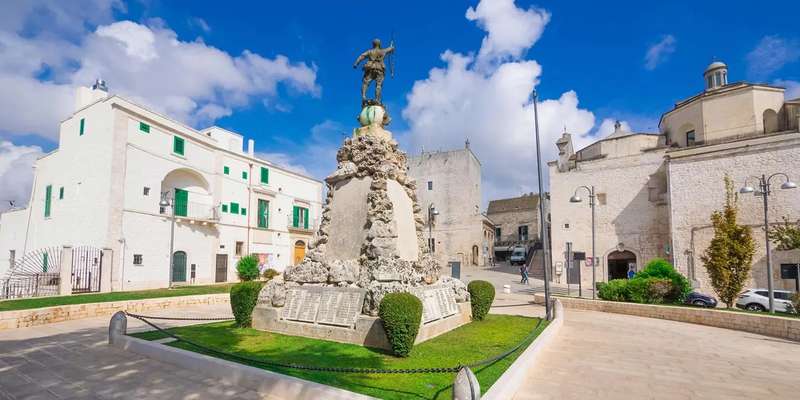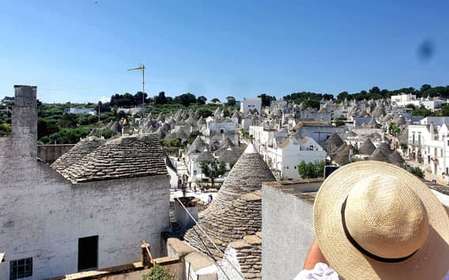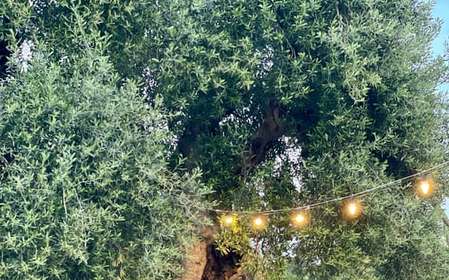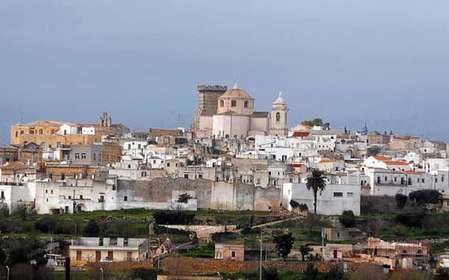- Home
- Useful Tips
- Brindisi's architecture
Brindisi's architectural treasures often go overlooked as travelers rush to more famous Italian destinations. Yet this Adriatic port city holds 2,000 years of layered history in its stones – if you know where to look. Over 78% of cruise ship visitors miss the city's most spectacular Byzantine mosaics, while 60% waste precious hours circling for parking near overcrowded landmarks. The frustration mounts when you realize guidebooks barely scratch the surface of Brindisi's Norman towers, Baroque palazzos, and Arab-influenced courtyards. Without local knowledge, you risk seeing only the obvious monuments while walking past extraordinary details – like the 13th-century lion sculptures hidden in plain sight near the port. This isn't just about missing photo opportunities; it's about failing to connect with the living history that makes Brindisi uniquely captivating.


Navigating Brindisi's architectural timeline – from Roman columns to Baroque balconies
Brindisi's architecture tells the story of every civilization that coveted its strategic harbor. Start at the Roman columns marking the end of the Appian Way, where ancient marble still bears the grooves of centuries of rope ties. Then let your gaze travel upward to the Norman cornices of Santa Maria del Casale, its alternating white and pink stones a textbook example of Pugliese Romanesque. The real magic happens when you notice how buildings layer these styles – a medieval archway incorporated into a 17th-century bishop's palace, or Arab-style courtyards behind Renaissance facades. Local masons developed ingenious techniques to combat the coastal humidity, like the porous 'carparo' limestone that keeps buildings cool. These aren't just pretty details; they're the fingerprints of generations who adapted to Brindisi's unique climate and crossroads position.
The Swabian Castle dilemma – when to visit and how to skip the lines
Frederick II's 13th-century fortress dominates Brindisi's harbor, but most visitors make two crucial mistakes: arriving at midday when the stone walls radiate heat, and queuing at the main entrance. Savvy architecture fans enter through the lesser-known Porta Lecce gate after 3 PM, when cruise crowds thin and the golden light sets the honey-colored stones ablaze. Inside, notice how the octagonal towers were designed for crossbow defense – a detail most miss while rushing to the battlements. While general admission gives access to the courtyards, the underground cisterns (where Crusaders once drew water) require advance booking. Locals know the secret window when guards often permit photos from the northwest tower, offering unparalleled views of the city's architectural tapestry.
Beyond the cathedral – Brindisi's overlooked architectural masterpieces
While everyone jostles inside the Duomo, Brindisi's true architectural wonders often sit quietly in residential neighborhoods. The Church of San Giovanni al Sepolcro hides the most perfect Templar-era rotunda in Puglia, its acoustics designed for Gregorian chant. Five blocks east, Palazzo Granafei-Nervegna showcases a Renaissance courtyard with a staircase where nobles once arrived by gondola from the canal (now filled in). Most rewarding are the Liberty-style villas along Viale Regina Margherita, where early 20th-century merchants competed to build the most extravagant facades. The trick is visiting these spots during 'passeggiata' (evening stroll) hours, when locals open ancestral palazzos for cultural events. These living monuments reveal more about Brindisi's architectural soul than any crowded landmark.
Where to stay for architecture immersion – neighborhoods decoded
Choosing the right neighborhood transforms your Brindisi experience from sightseeing to architectural immersion. The Centro Storico places you amid medieval 'vicoli' (alleys) where houses lean together like old friends, but opt for upper floors to avoid scooter noise. For 18th-century grandeur, the Seno district offers converted merchant houses with vaulted ceilings and original majolica tiles. Budget-conscious travelers should target the railway station area's early modernist buildings, where functionalist designs meet playful Deco details. True insiders book apartments in the Armenian Quarter, where Byzantine influences linger in the arched windows and hidden oratories. Wherever you stay, request a room with a balcony – Brindisi's architecture reveals its secrets best when observed from above, where you can trace the mosaic of rooftops from Norman towers to Baroque cupolas.



